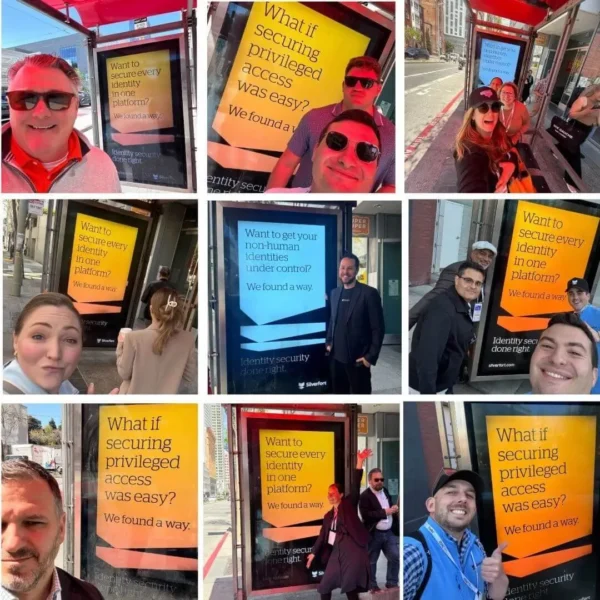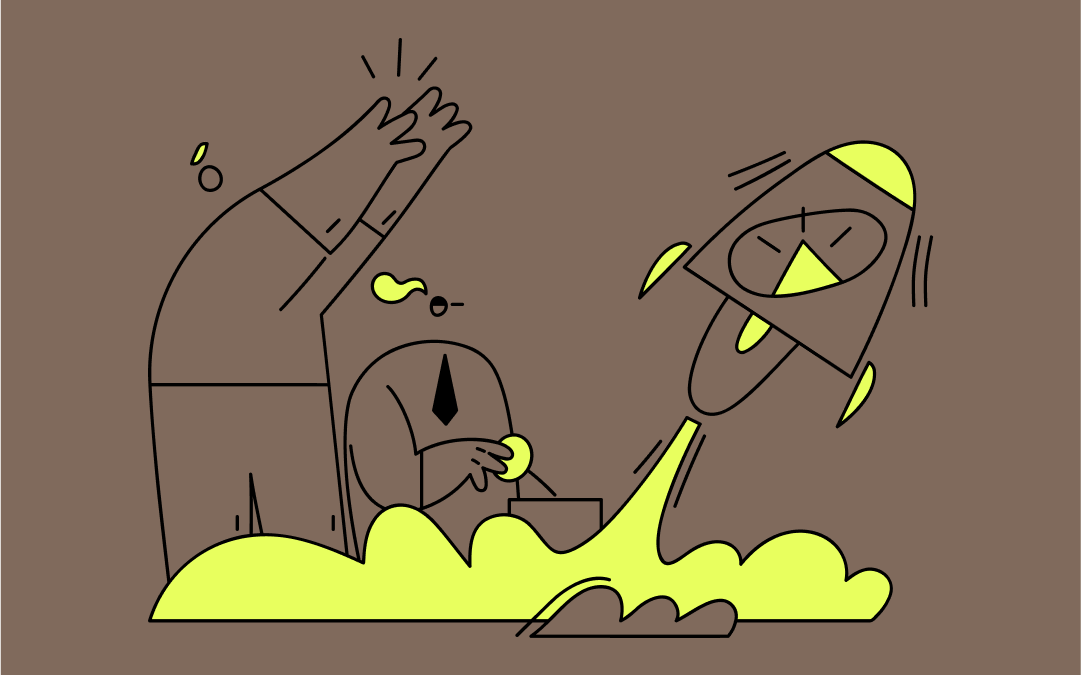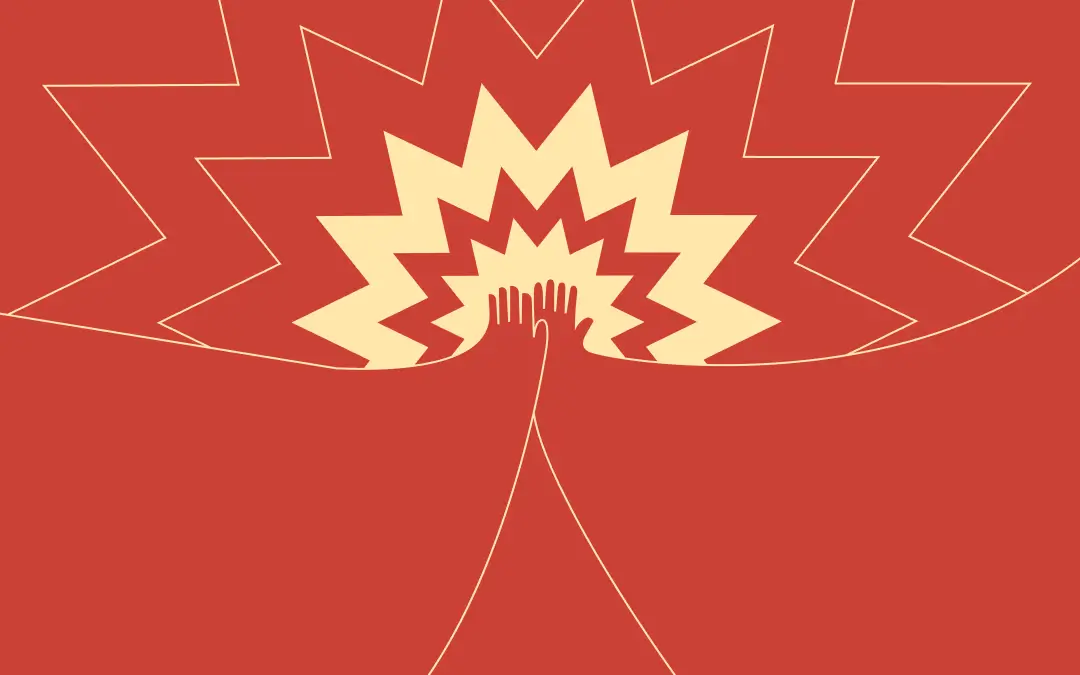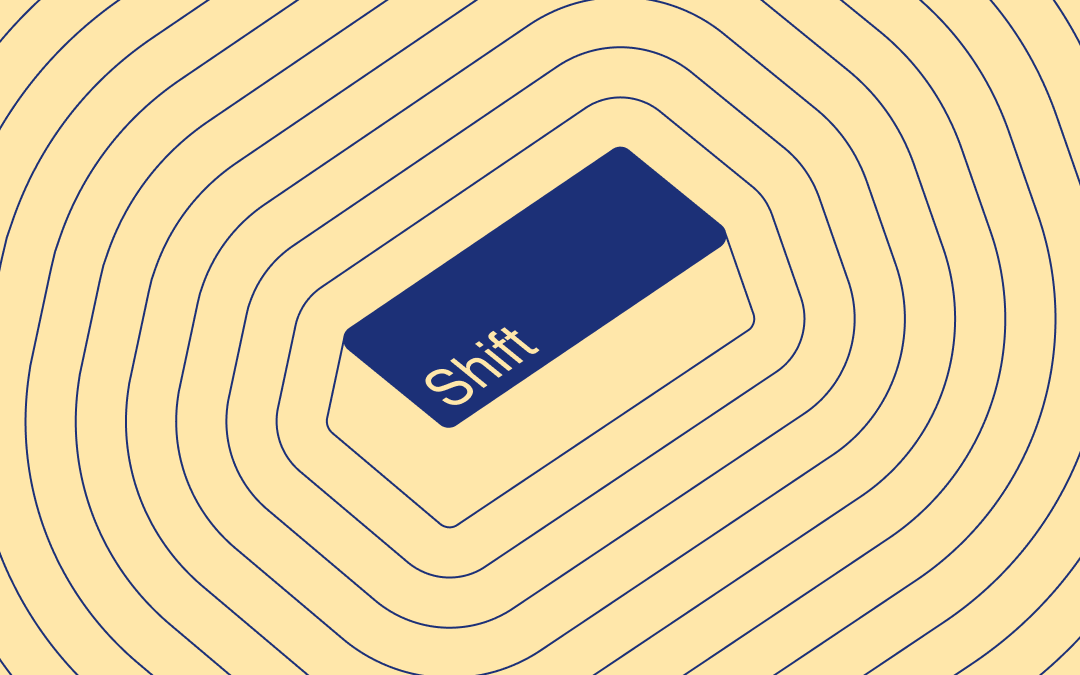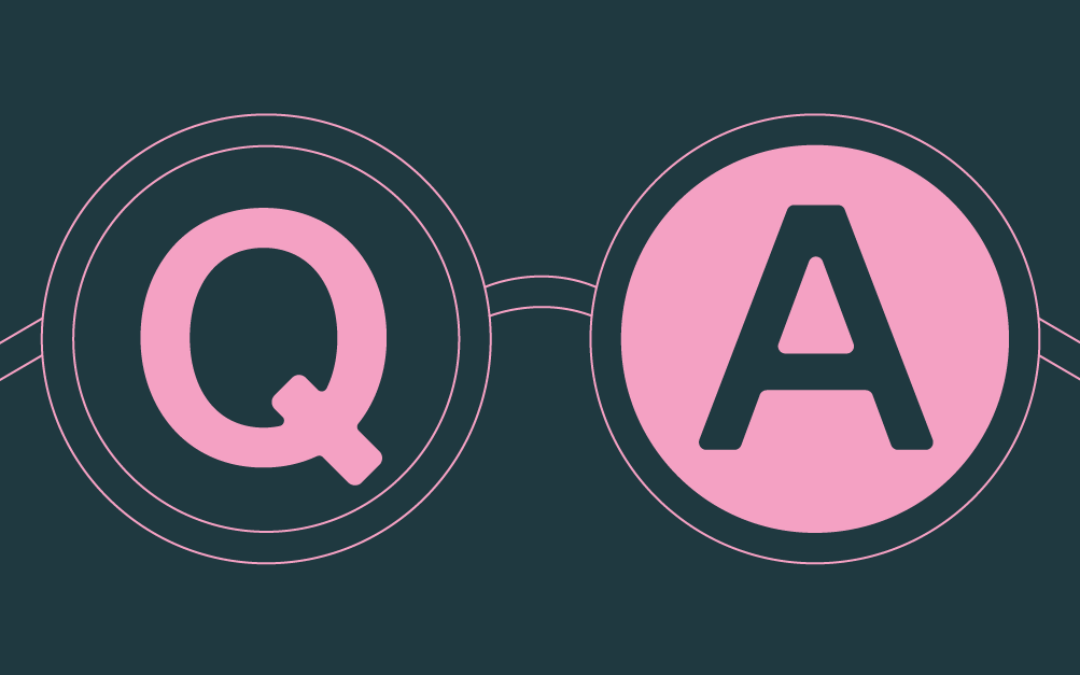Every day, Emotive Brand works to amplify and make real the bold ambitions of visionary reinventors. Leaders with the courage and creativity to change businesses and brands, categories and culture—for good. So we were thrilled to partner with Silverfort, and rise to the challenge of transforming an industry on which all other industries now depend.
Thanks to Silverfort, cybersecurity will be safer, more thoroughly secure, and never the same. Lucky for us, their leadership team understood that when you challenge the status quo, you have to bring everyone along. That in revealing new possibilities, you must not only explain how they work but why they matter, especially in crowded B2B and tech spheres.
Innovation meets appreciation
At Emotive Brand, we believe that when you honor the people behind the tech—and build a brand that elevates their role—you can unlock something powerful: belief.
That’s exactly what happened when we teamed up with Silverfort. The team at Emotive felt it right away.
Silverfort isn’t just another cybersecurity company. They’re revolutionizing the space with a true breakthrough, called Runtime Access Protection (RAP), that centers identity as the lynchpin of cybersecurity. It’s an absolute paradigm shift. But like so many transformative technologies, the hardest part isn’t necessarily the innovation. It’s helping people understand and believe in it.
Identity security has long been overlooked as the very backbone of cybersecurity. And the professionals who manage it? Often underappreciated, fighting quiet battles in the shadows of flashier security priorities. Silverfort saw that. And we did too.
Together, we built a brand that said: not anymore.
Expansive technology needs expansive strategy
We set out to do what brand strategy does best—take a complex, technical solution and turn it into a movement. A story. A promise. We shifted the narrative from what identity security has been (an afterthought) to what it can be: comprehensive, continuous, and finally worthy of the spotlight.
To get there, we infused the brand with emotional clarity. The resulting verbal identity reflects Silverfort’s intrepid spirit of discovery—how they found a way to completely reimagine identity security, delivering the technology identity security professionals deserve.
Pivoting away from fear-based category tropes about dark, looming threats, the voice and underlying brand strategy take care to validate and uplift these essential teams.
In tandem, we created a new visual identity that feels alive—ambient gradients, adaptive forms, and a striking aura of protection that surrounds any environment, any user, any system. It signals optimism, not fear. Momentum, not maintenance. Progress, not patchwork.
All told, our work with Silverfort encompassed a wide range of services and deliverables, from a corporate narrative to brand positioning to website design. But make no mistake—we weren’t checking boxes. Every element serves a bigger purpose.
Belief is the foundation
The heart of the Silverfort brand is belief—not just in their technology, but in people. The identity and security professionals who’ve kept enterprises afloat without recognition for too long. The ones who understand how deeply fragmented and fragile identity systems have become. The ones who finally see a solution that speaks their language and elevates their purpose.
Of course, Silverfort’s employees are the ultimate believers. Previously focused on the features and benefits of their technology, they now rally around deeper reasons to believe in the company and its future–serving the people battling on the frontlines against cyber attackers, and challenging the status quo to “find a way” to do the impossible.
No doubt, Silverfort has always been supremely innovative.
But today, when they show up in the world, they’re not just making the technical case—they’re making the emotional one, too. Their new brand validates and galvanizes, igniting the kind of connection that turns potential customers into believers and believers into champions.
Because belief is how transformation takes root.
And that’s the work we love most.





